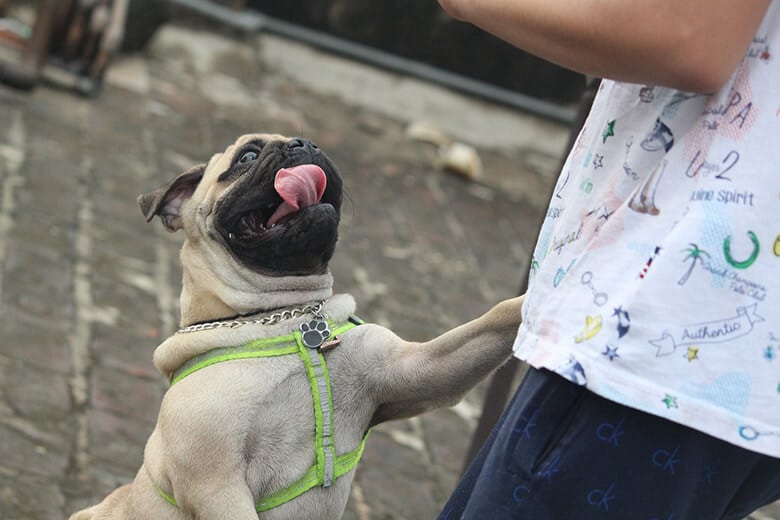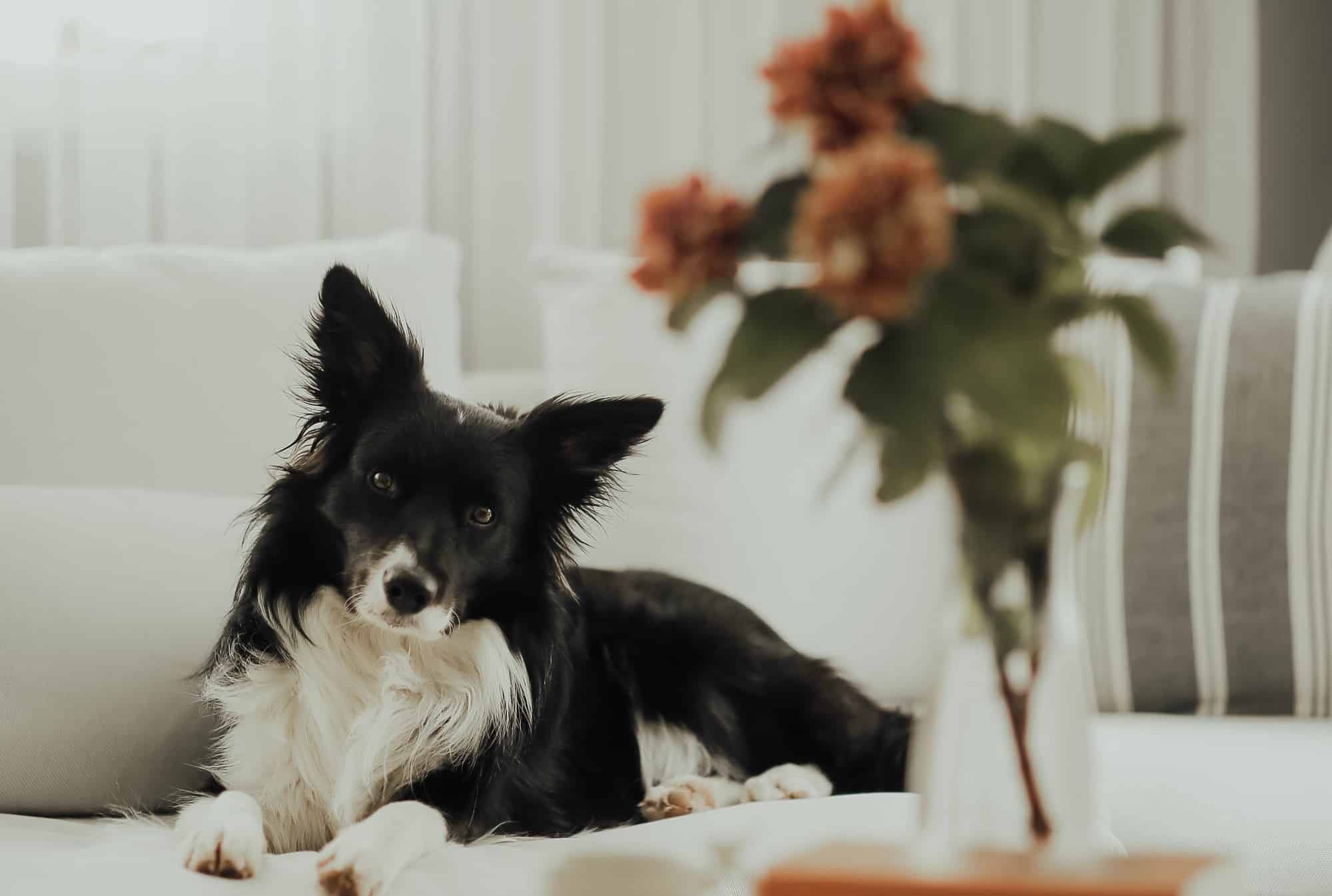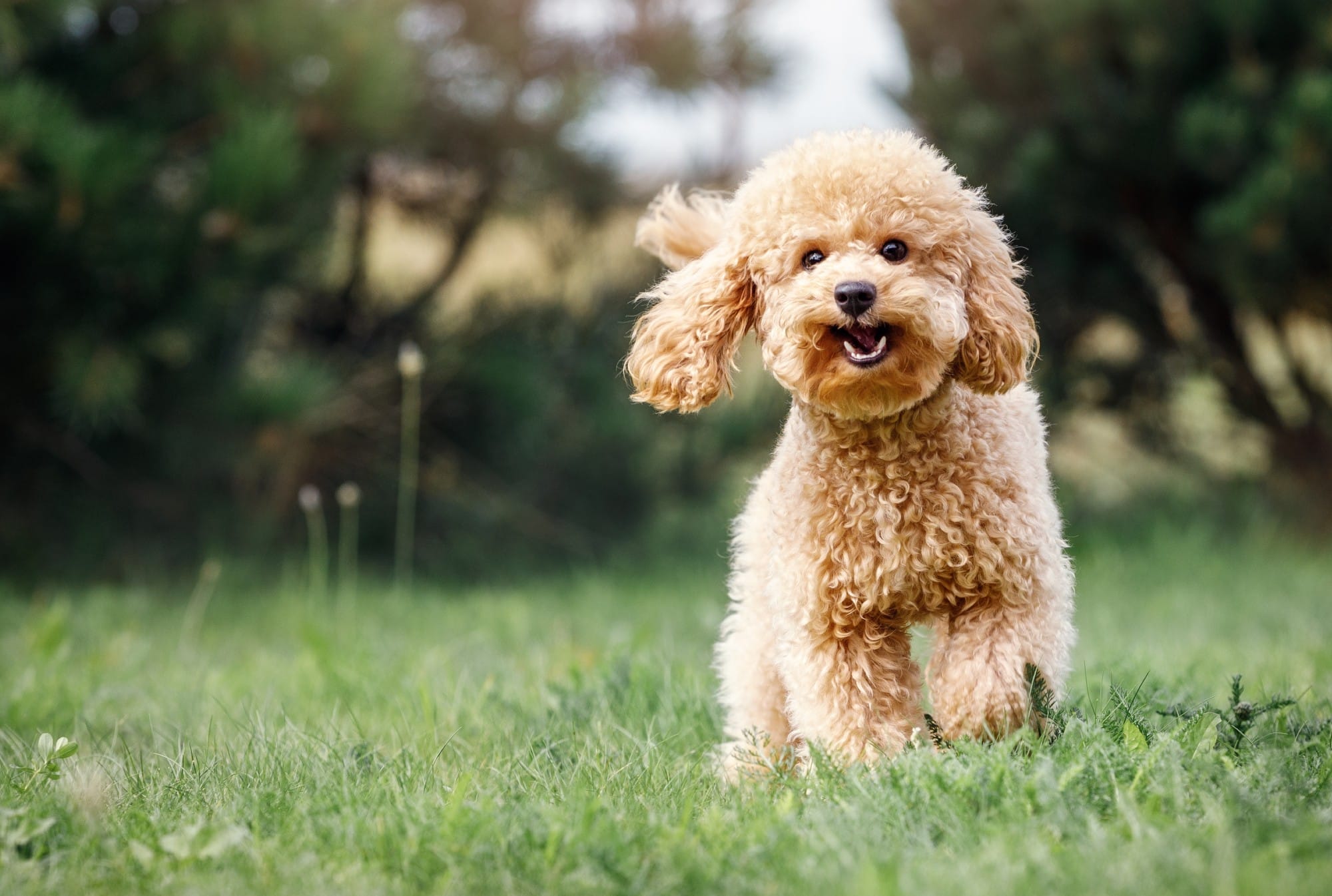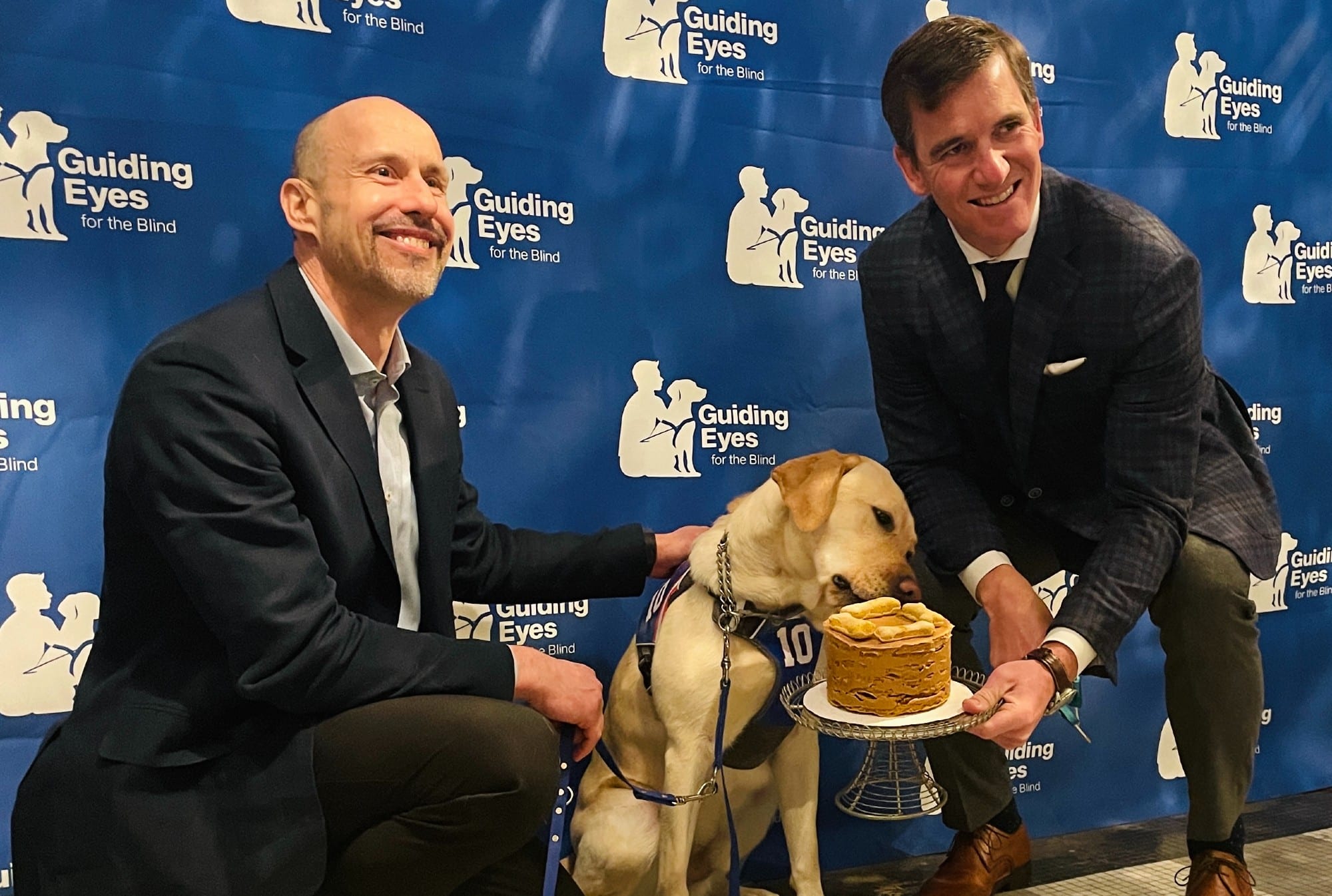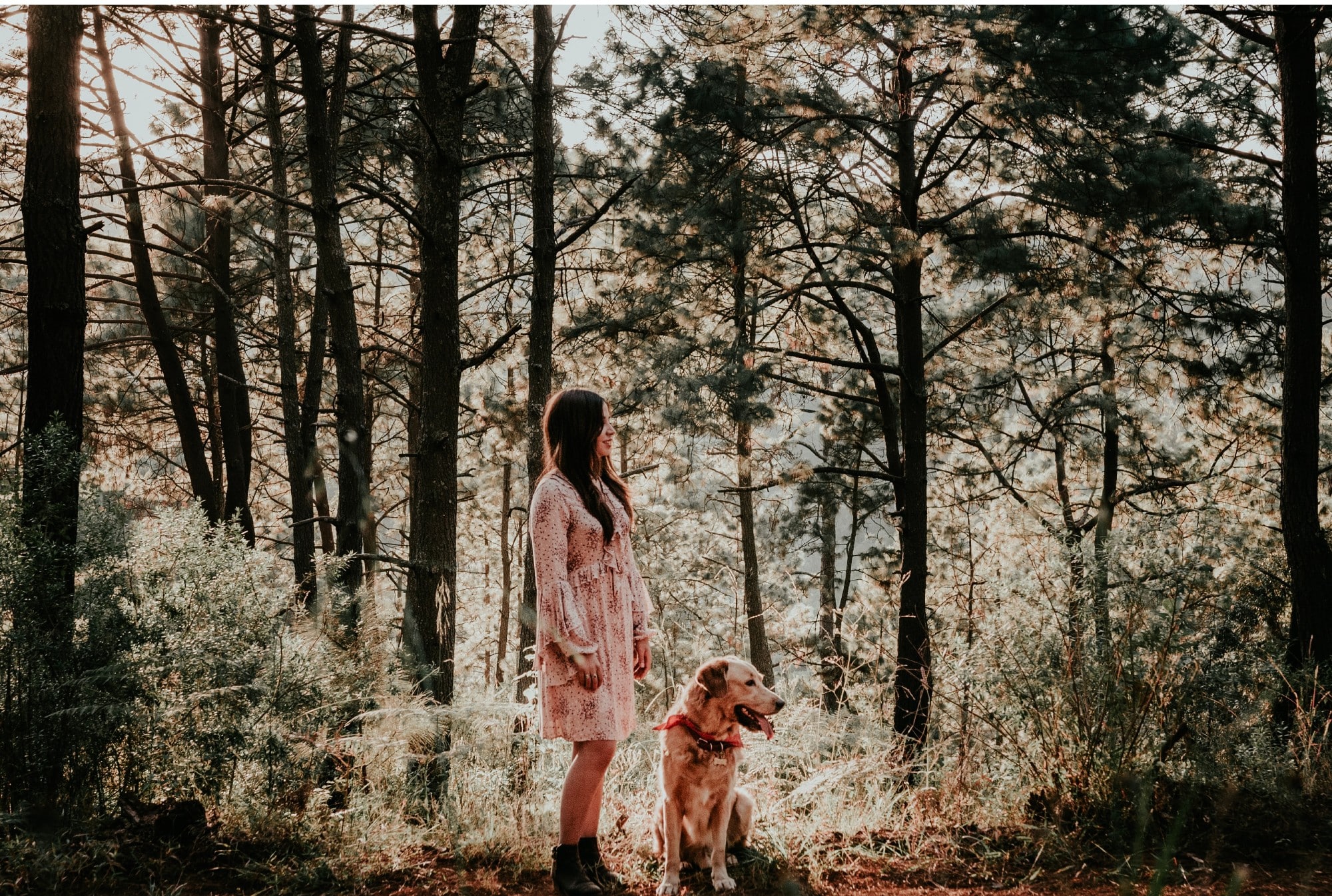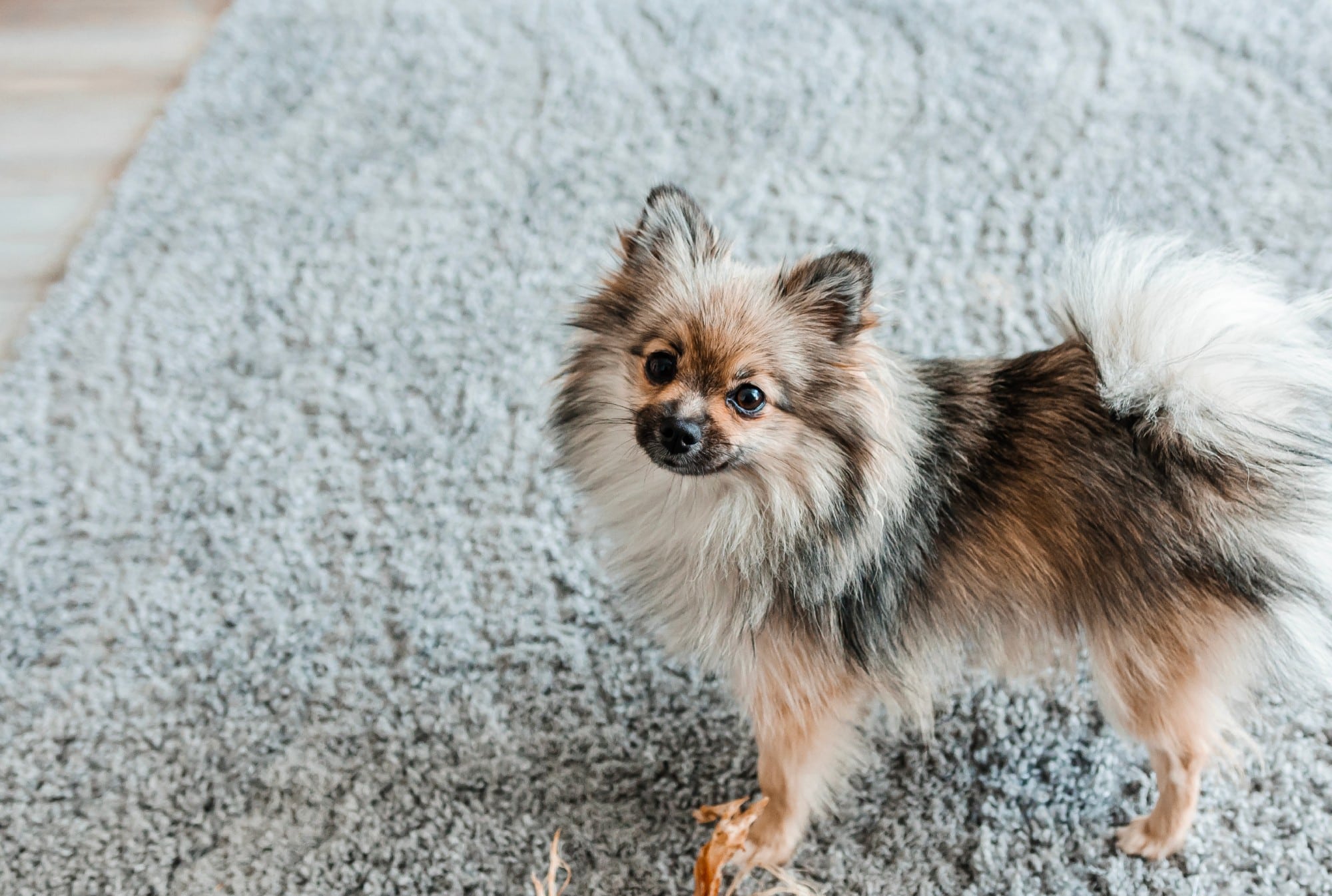We all have thought, If only I could understand what my dog is thinking. But perhaps you can.
Researchers at the University of Salford in Greater Manchester set out to see if dogs actually communicate with us using signs when they want something.
Led by Dr. he team recruited 37 dogs for the study, which was published in Animal Cognition. Owners were assigned to film their pup’s moves throughout the day to see if any patterns emerged when their dog wanted something. What they found was the our four-legged friends use 19 movements to convey their needs.
Related: Is There Such a Thing as Dogs Having a Paw Preference?
“Previous research has shown that dogs are able to understand the communicative signals produced by humans and our research has revealed that dogs have learned how to successfully communicate with humans in a way that allows us to understand their intentions,” Dr. Worsley told This Dog’s Life.
For instance, if a dog wants food, she may nose you, turn her head or paw you. As you can see, if the point doesn’t come across the first time, the pup may use different communication tactics. Also, different dogs use different signals to communicate their needs.
Other signals include turning her head to show she wants something (“get me that!”), rolling over to signal tummy rubs or looking up at you for a head scratch.
The researchers did find that the more people in the household, the communication signals a dog may use could increase.
“We found that the number of gestures a dog has in their repertoire is affected by the number of people they live with,” says Dr. Worsley. “This suggests that dogs with a larger human social group have more opportunities to increase their repertoire size.”
Related: 10 Scientific-Backed Reasons Having a Dog In Your Life is Better for You
Moving forward, Dr. Worsley says the team may look into investigating individuals who have never owned a dog to see if they understand dogs’ communicative signals.
Here are the 19 gestures from the study and their interpretations:
1. Roll over: Rolling onto one side of the body and exposing the chest, stomach and groin.
What your dog could be telling you: Scratch me.
2. Head under: Plunge headfirst underneath an object or human.
What your dog could be telling you: Get my toy/bone
3. Head forward: Move the head forwards and up to direct a human’s appendage to a specific location on the body.
What your dog could be telling you: Scratch me, give me food/drink, open the door
4. Hind leg stand: Lift front paws off the ground and stand on hind legs, front paws are not resting on anything.
What your dog could be telling you: Give me food/drink, get my toy/bone, open the door
5. Head turn: Head is turned from side to side on the horizontal axis usually between a human and an apparent object of interest.
What your dog could be telling you: Scratch me, give me food/drink, open the door, get my toy/bone
6. Shuffle: Shuffle whole body along the ground in short movements, performed whilst in roll over position.
What your dog could be telling you: Scratch me
7. Back leg up: Lifting of a single back leg whilst lay on one side of the body.
What your dog could be telling you: Scratch me
8. Paw hover: Hold one paw in mid-air whilst in a sitting position.
What your dog could be telling you: Give me food/drink, scratch me
9. Crawl under: Move entire or part of body underneath an object or a human’s appendage.
What your dog could be telling you: Get my toy/bone
10. Flick toy: Hold toy in the mouth and throw it forwards, usually in the direction of a human.
What your dog could be telling you: Give me food/drink
11. Jump: Jump up and down off the ground, human or an object, usually while staying in one location.
What your dog could be telling you: Give me food/drink, open the door
12. Paw reach: Placing a single paw or both paws underneath another object to retrieve an object of apparent interest.
What your dog could be telling you: Get my toy/bone
13. Nose: Pressing nose (or face) against an object or human.
What your dog could be telling you: Scratch me, give me food/drink, open the door, get my toy/bone
14. Lick: Licking an object or human once or repetitively.
What your dog could be telling you: Scratch me, give me food/drink, open the door
15. Front paws on: Lifting both paws off the ground and resting them on an object or human.
What your dog could be telling you: Scratch me, give me food/drink, open the door, get my toy/bone
16. Paw rest: Lifting a single front paw and resting it on an object or human.
What your dog could be telling you: Scratch me, open the door
17. Head rub: Involves rubbing the head against an object or human on which the signaller is leaning on.
What your dog could be telling you: Scratch me
18: Chomp: Involves opening the mouth and placing it over the arm of a human whilst repeatedly and gently biting down on the arm.
What your dog could be telling you: Scratch me
19. Paw: Lifting of a single front paw to briefly touch an object or human.
What your dog could be telling you:Scratch me, give me food/drink, open the door, get my toy/bone
Related: 3,000 Golden Retrievers May Hold the Answer for Cancer in Dogs













